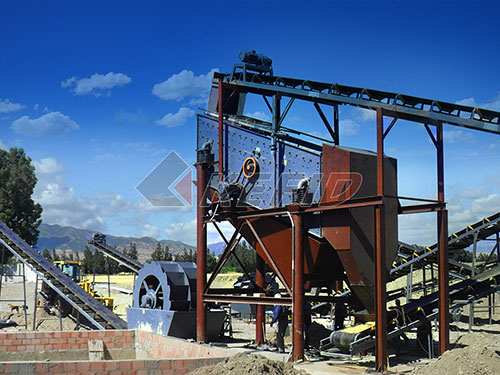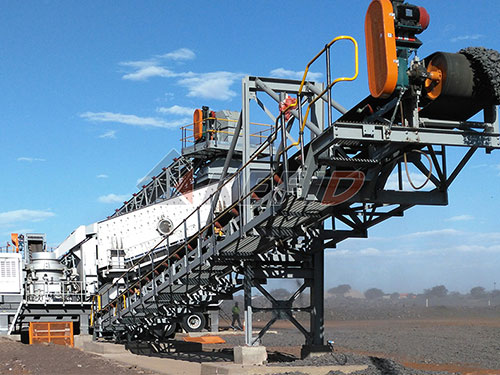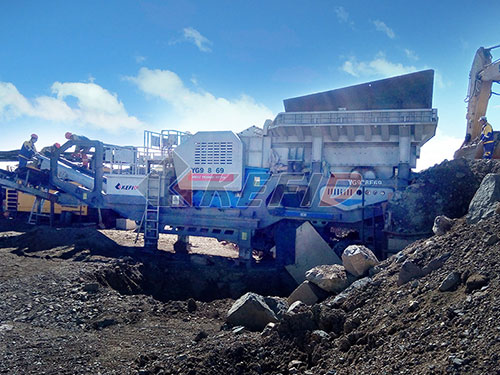Performance Indicators For Crushers: Measuring What Matters
In the demanding environments of mining, quarrying, and aggregate production, crushers stand as critical workhorses. Their performance directly impacts operational efficiency, product quality, downstream processes, and ultimately, profitability. To effectively manage these vital assets and optimize their contribution, tracking the right Performance Indicators (KPIs) is essential. Moving beyond simple throughput numbers, a comprehensive set of KPIs provides actionable insights for maintenance planning, process improvement, and cost control.

Here’s a breakdown of crucial KPIs for crushers:
1. Equipment Performance & Availability:
Availability: This fundamental metric measures the percentage of scheduled operating time that the crusher is actually available to run (excluding planned maintenance shutdowns). High availability is paramount for meeting production targets.

Calculation: (Total Scheduled Operating Time – Unscheduled Downtime) / Total Scheduled Operating Time 100%
Utilization: While availability indicates readiness, utilization shows how much of the available time the crusher was actively processing material. Low utilization despite high availability might indicate feed issues or bottlenecks elsewhere.
Calculation: Actual Operating Hours / Available Hours 100%
Mean Time Between Failures (MTBF): This tracks the average operating time between unplanned breakdowns or functional failures requiring repair. A rising MTBF indicates improving reliability.
Calculation: Total Operating Hours / Number of Functional Failures
Mean Time To Repair (MTTR): This measures the average time taken to restore the crusher to full operation after a failure. Minimizing MTTR is key to maximizing availability.
Calculation: Total Downtime Duration / Number of Repairs
2. Operational Efficiency & Throughput:
Throughput Rate (Tonnage per Hour – tph): The most direct measure of output. Tracked against design capacity and target rates. Analyzing trends helps identify performance degradation or optimization opportunities.
Specific Throughput (tph per kW or tph per installed HP): Measures efficiency by relating output to the energy consumed or installed power. A decrease can signal wear (e.g., worn liners increasing power draw for same output), blockages, or feed issues.
Power Consumption (kWh per tonne): Directly links operational cost (energy) to output. Monitoring this KPI is crucial for cost management and identifying inefficiencies like excessive fines generation requiring more energy or incorrect

Leave a Reply